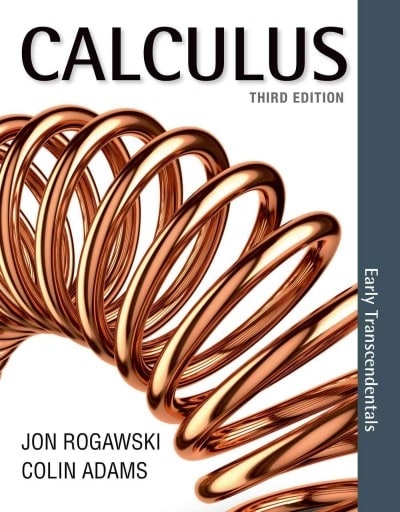Question
Excerpt from the Research Article The married sample comprised members of 100 heterosexual couples (54% were women and 46% were men) from a European university.
Excerpt from the Research Article
The married sample comprised members of 100 heterosexual couples (54% were women and 46% were men) from a European university. The dating sample also consisted of members of 100 heterosexual couples (59% were women and 41% were men) from the same European university. All the married and dating couples were European. A researcher selected subjects in a haphazard fashion and asked them to complete a short survey. The mean age of the sample was 26.7 years (SD = 2.6).
The Affectionate Communication Index is a 19-item index that assesses the amount of verbal and nonverbal affectionate communication and support on a 7-point scale, with anchors of 1 = partners always engage in this type of affectionate activity to 7 = partners never engage in this type of activity. Thus, lower scores indicate more affectionate communication. Table 1 shows the results for the nonverbal activities.
Table 1
Dating and Married Individuals' Reports of Nonverbal Affectionate Communication
Item | n | M | SD | t | |
Hold hands | Dating | 100 | 3.7 | 1.9 | 3.31 |
Married | 100 | 2.9 | 1.7 | ||
Kiss on the lips | Dating | 100 | 2.9 | 1.5 | 4.91 |
Married | 100 | 2.0 | 1.1 | ||
Kiss on the cheeks | Dating | 100 | 3.6 | 1.6 | 4.51 |
Married | 100 | 2.7 | 1.3 | ||
Give massages to each other | Dating | 100 | 4.2 | 1.8 | 5.01 |
Married | 99 | 2.5 | 1.8 | ||
Put arm around shoulder | Dating | 100 | 3.6 | 1.8 | 4.61 |
Married | 92 | 2.5 | 1.5 | ||
Hug each other | Dating | 100 | 2.5 | 1.6 | 2.0* |
Married | 100 | 2.1 | 1.2 | ||
Sit close to each other | Dating | 96 | 2.9 | 1.6 | 3.91 |
Married | 100 | 2.0 | 1.6 | ||
Look into each other's eyes | Dating | 100 | 3.3 | 1.6 | 1 |
Married | 100 | 3.0 | 1.8 | ||
Wink at each other | Dating | 100 | 4.7 | 2.3 | 1.7 |
Married | 96 | 4.2 | 1.9 |
*p < .05; 1p < .001. (Punyanunt-Carter, 2004)
1. How many of the differences in Table 1 are statistically significant at the .05 level but not significant at the .001 level?
2. For all items for which there are statistically significant differences, the means for dating couples are higher than the means for married couples. If you had planned this study, would you have hypothesized this result? Explain.
3. The table contains five types of statistics (n, M (), SD (), t, and p). Which three are descriptive statistics?
4. The table contains five types of statistics (n, M (), SD (), t, and p). Which two are inferential statistics?
5. The researcher states that she selected the individuals for this study "in a haphazard fashion." What is your understanding of this term?
Step by Step Solution
There are 3 Steps involved in it
Step: 1

Get Instant Access to Expert-Tailored Solutions
See step-by-step solutions with expert insights and AI powered tools for academic success
Step: 2

Step: 3

Ace Your Homework with AI
Get the answers you need in no time with our AI-driven, step-by-step assistance
Get Started


